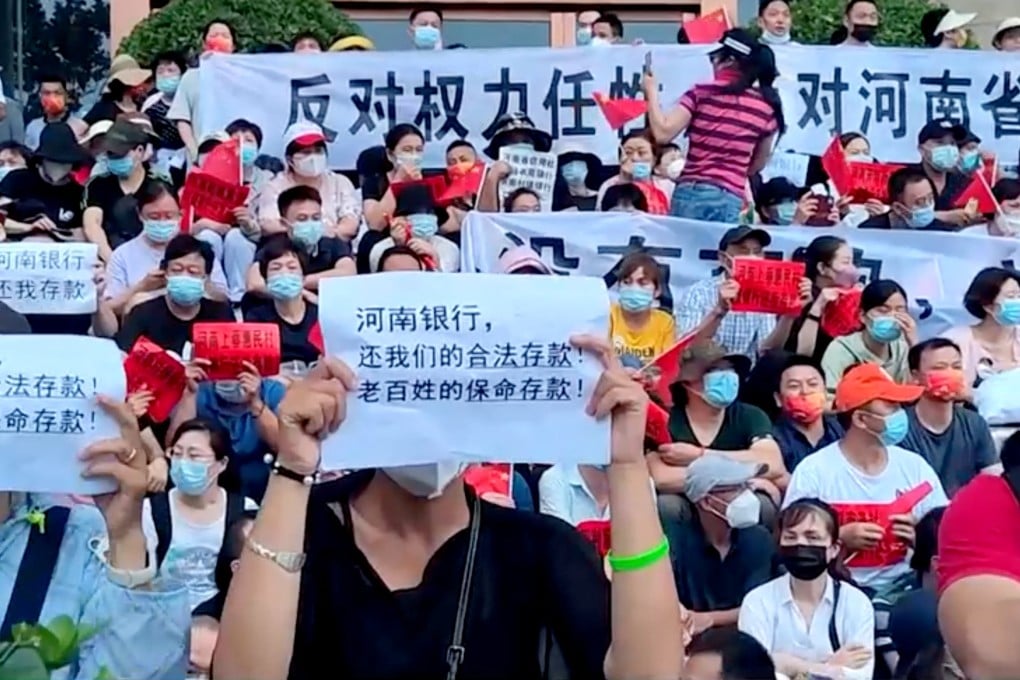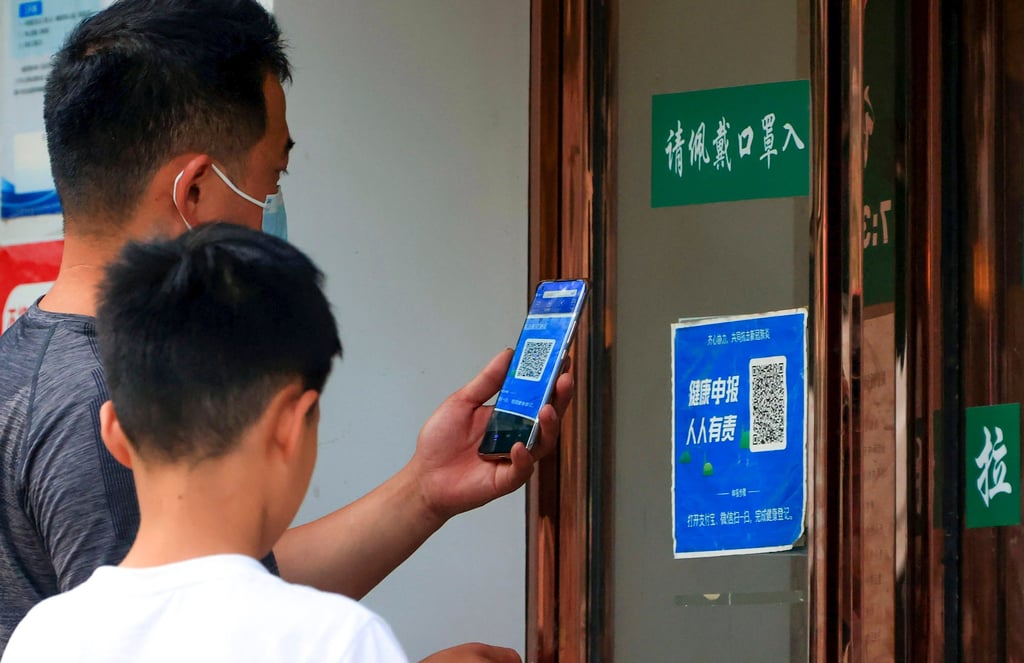Advertisement
The View | Ponzi dynamic with Chinese characteristics exposed by mortgage boycotts and Henan bank crisis
- Facing angry homebuyers and bank depositors, local authorities in China are looking to the central government to foot the bill, but Beijing wants them to take on more debt
- The crisis points to a major weakness in Chinese banking and credit markets – the lack of real tests of the collateral used to extend credit
Reading Time:4 minutes
Why you can trust SCMP
5

When victims of a financial Ponzi scheme travelled to Henan province in early July to seek redress, police made a show of busting heads and making arrests. Now, central authorities claim they will reimburse most of the victims – said to number over 300,000 in total. What changed?
The bag holder. Henan may have been trying to nudge the central government into action.
After all, Henan authorities could have stopped the protest before it broke out. Over 1,300 aggrieved bank customers tried to travel to Zhengzhou to plead for their money but were stopped when the “health codes” on their phones turned red.
Advertisement
The codes, which indicate Covid-19 status, are required for travel. The would-be protesters who received red codes were unable to use trains and city buses and, ultimately, participate in the demonstration. It turned out that Henan authorities had written into the health code regulations that they could be used for “crowd control”.

If Henan could have diverted all protesters but didn’t, why? Maybe because, with myriad unresolved debt issues, “who will pay?” has become the hottest potato being tossed around China, and there’s nothing to pressure central authorities like a public protest.
Advertisement
Advertisement
Select Voice
Choose your listening speed
Get through articles 2x faster
1.25x
250 WPM
Slow
Average
Fast
1.25x
